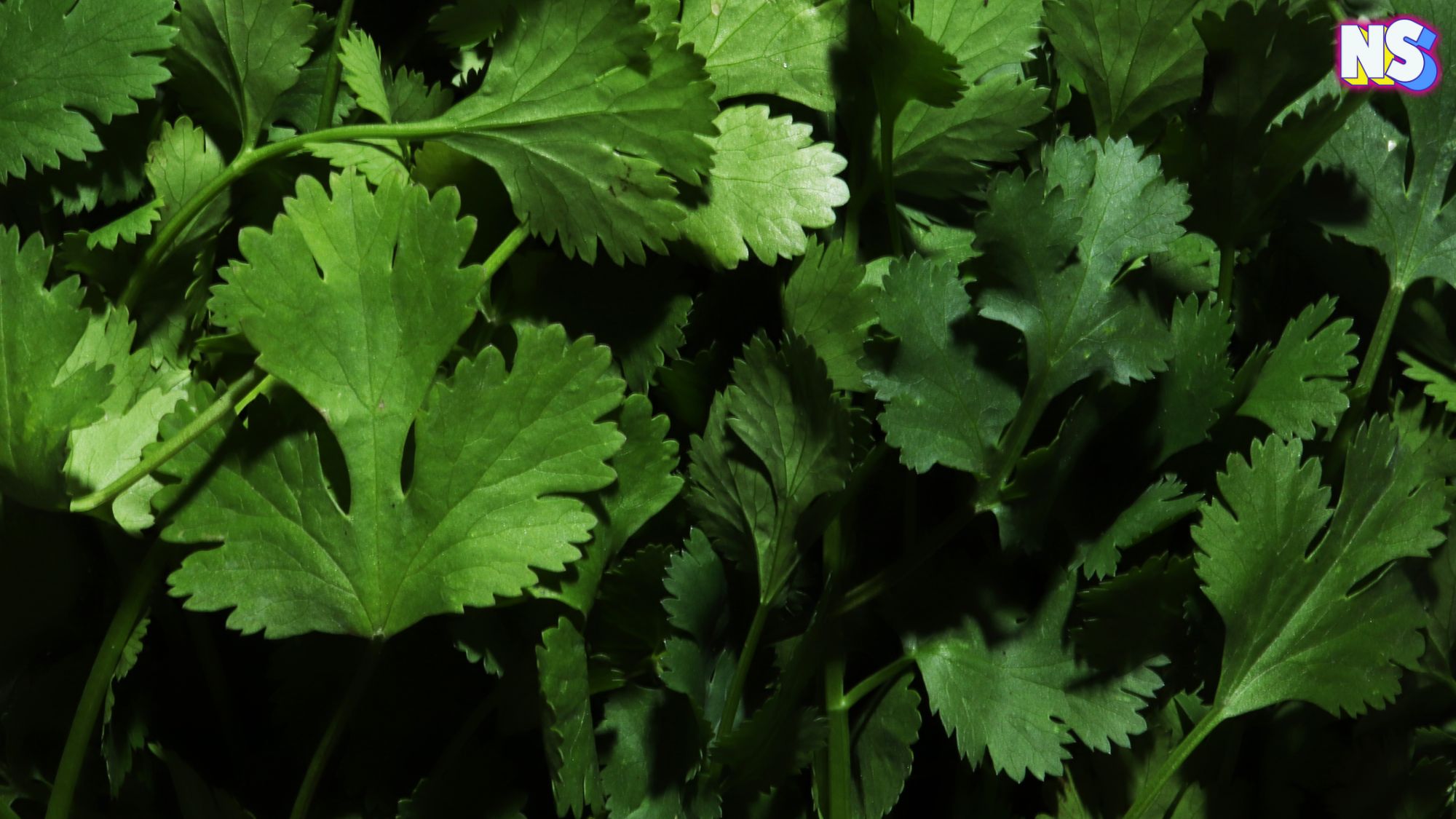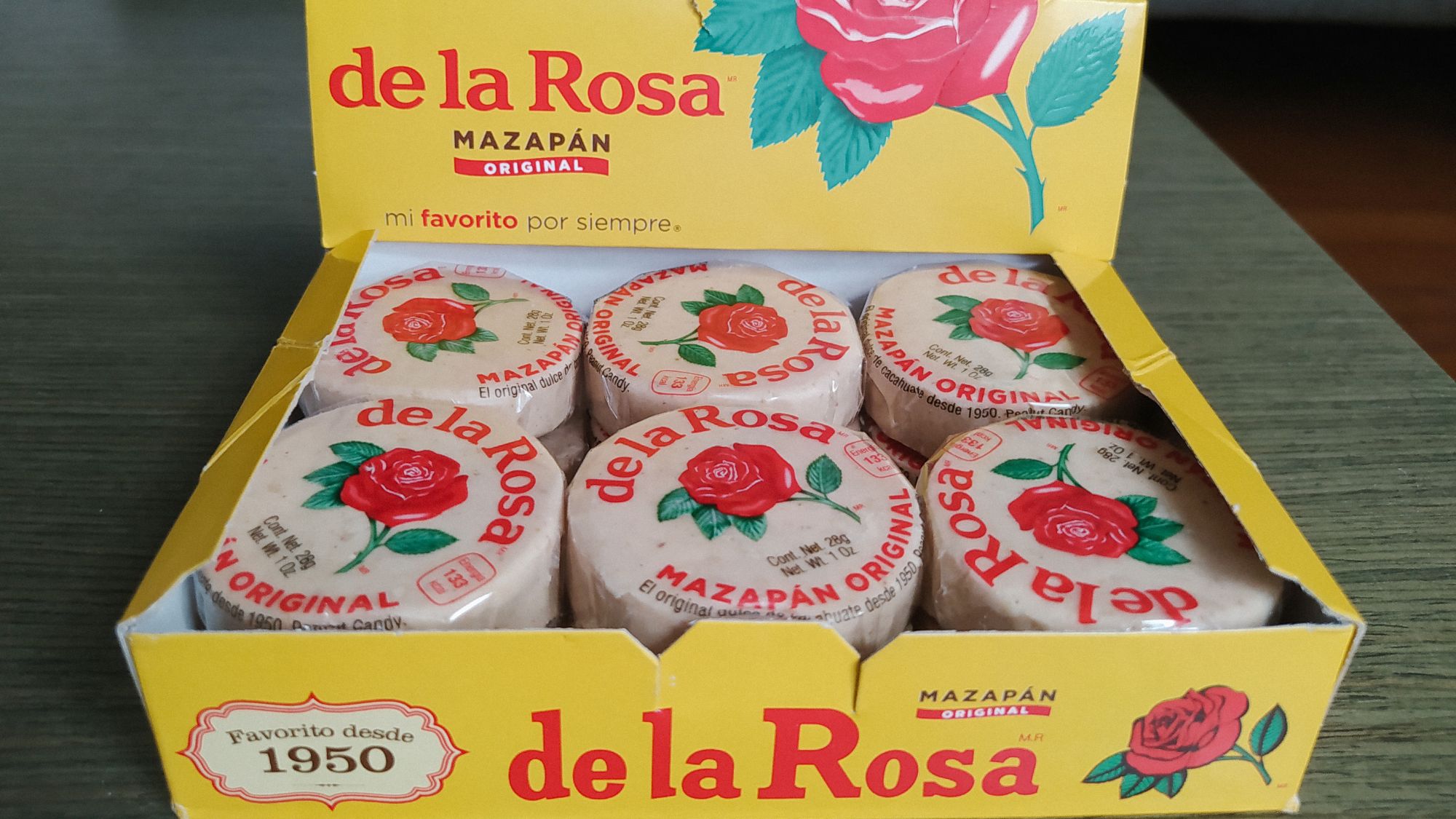You know cilantro, that leafy herb, also known as coriander, that’s found in most Mexican dishes? Well, contrary to what most of us may believe, cilantro isn’t originally from Mexico at all. Its roots actually trace back thousands of years to far away lands. So, how did this star herb land in our pico de gallo in the first place? Looks like we have the Spaniards to thank for cilantro: the modern day Mexican herb from the Middle East.
Cilantro: the Mexican Herb from the Middle East
“Records show that coriander seeds were found in Nahal Hemar, an 8,000-year-old Neolithic cave in Israel,” the outlet Eccentric Nature explains. “The Egyptians also buried it with illustrious pharaohs around 5,000 years ago, including the famous King Tutankhamun.”
Ancient Egyptians used cilantro in their cooking and called it “the spice of happiness.” Sanskrit texts dating back to 1500 BC mention its use.
But the Greeks are the ones attributed for givng the herb its name, "coriander." But it was not a compliment. “Many sources say that the word coriander comes from the early Greek word 'koris,' for bug or bedbug,” Gourmet writes. “The funky aroma of the fresh seeds (when dried, that scent disappears) and leaves is thought to have reminded the Greeks of bedbug urine.”
Besides its name and Mediterranean roots, historians are not quite sure where cilantro originated. At the same time it was cultivated in Turkey, it was also growing in Africa, India, and China. What we do know is that the herb was not grown in the Americas … yet.
Introduction to Mexico
The Spanish conquistadors introduced cilantro to Mexico in the 1500s. Along with cilantro, they brought other ingredients now considered staples of Mexican cuisine, including cattle, pigs, chickens, rice, wheat, and cinnamon.
And the name change from “coriander” to “cilantro” first appeared in a Spanish Mexican cookbook in the 1800s.
However popular in Mexico and throughout Latin America, Spain outlawed the use of cilantro in cooking for years. The criminalization of cilantro was part of the Iberian Peninsula’s overall quest to cleanse any Arab influence leftover from the Ottoman Empire. The Spanish wanted to eliminate the Moors' influence on their cuisine. And they succeeded. In fact, today, cilantro is not popular in Spain or neighboring Portugal.
Cilantro Today
These days, cilantro is used both as a garnish and as a primary ingredient in Mexican and Tex Mex cuisine. It’s commonly added to salsas, guacamole, tacos, enchiladas, soups, stews, and various meat or seafood dishes.
As for consumption in the United States, many cite the Super Bowl’s introduction of guacamole and salsa for America’s obsession with cilantro. The herb, which was not found in many East Coast grocery stores until about 20 years ago, is now one of the most popular herbs sold in grocery store produce sections.
“To get an idea of America’s appetite today for the lacy leaves, consider the data from Cal-Organic, one of the major U.S. producers of bunched cilantro. It alone harvests an average of 40 to 50 tons per week, according to Todd Brendlin, the company’s organic farming manager,” Gourmet reports.
Creamy Cilantro Sauce Recipe
Move over, barbecue sauce. In honor of summer grilling, and cilantro’s growing popularity, here’s a recipe for "Creamy Cilantro Sauce."
Creamy Cilantro Sauce
Servings: 6-8
2 cups fresh cilantro
1 can (12 fluid ounces) evaporated milk
1 cup water
2 teaspoons granulated chicken bouillon
3 tablespoons butte
3 tablespoons flour
1/4 teaspoon pepper
Directions:
In a blender, blend cilantro, evaporated milk, water and bouillon until smooth.
In a saucepan, melt butter over medium heat. Whisk in flour until smooth. Stir in cilantro mixture. Simmer over medium-low heat, whisking until mixture thickens to desired consistency.
Season with pepper; mix until combined.
Find more meal inspiration at Culinary.net.





